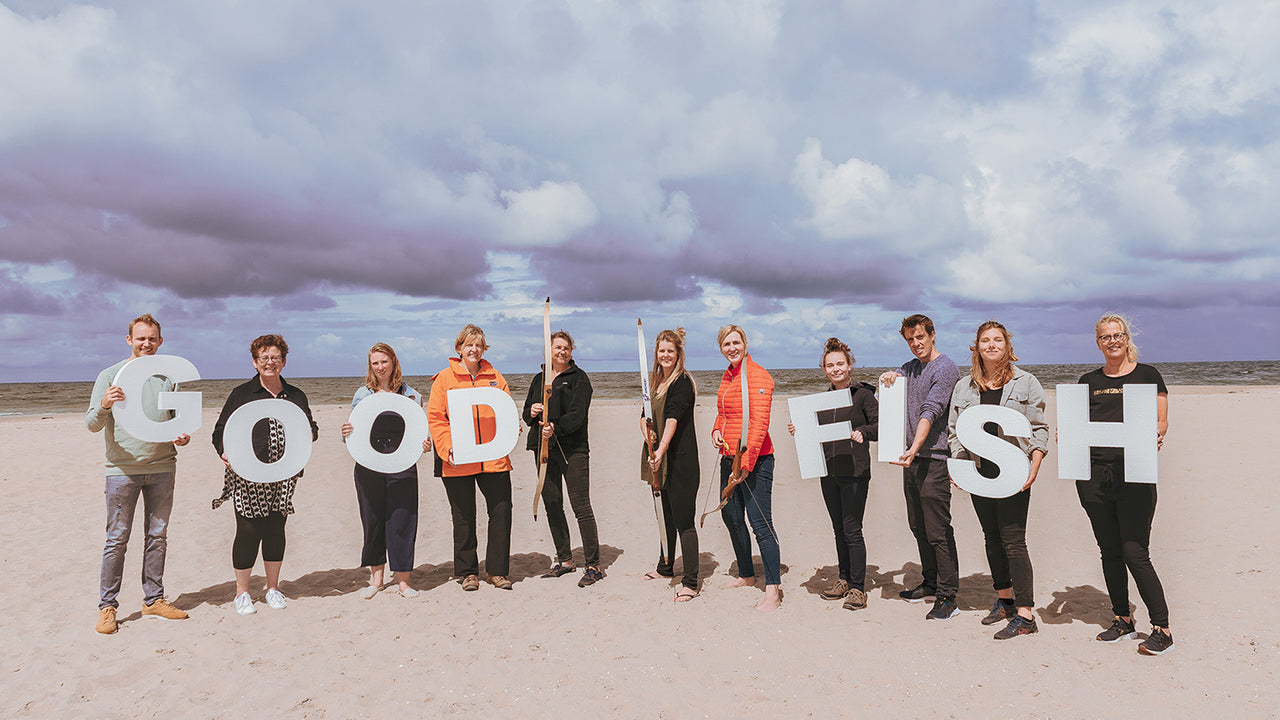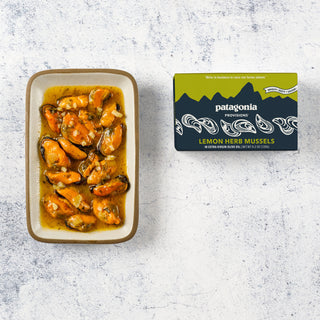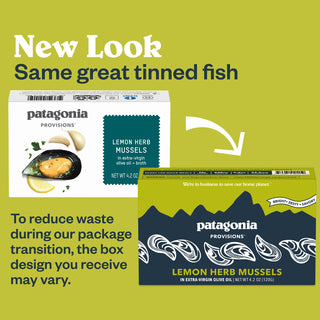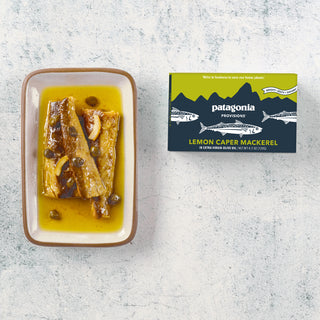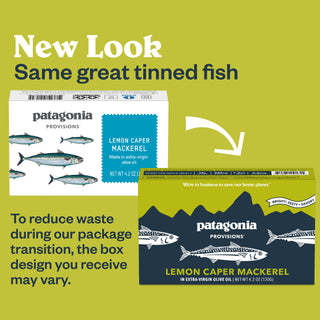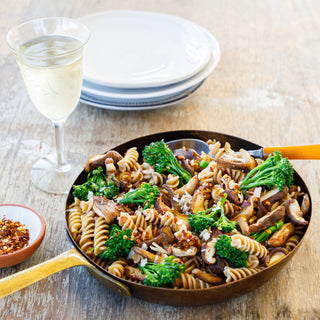Mackerel
Atlantic mackerel may be little fish, but they’re packed with vital nutrients that have multiple health benefits. Also, Atlantic mackerel don’t have the high levels of toxins often found in larger predator fish like tuna and swordfish, making them safer to eat.
Each can of our Atlantic mackerel contains around 20 grams of protein (40 to 42% of the daily value) and is an excellent source of vitamin B-12, selenium, vitamin E and niacin.* Atlantic mackerel are low on the food chain, feeding on zooplankton, so they don’t accumulate toxins in the way that higher-level apex predators can over the course of their longer lives. Because toxins are passed up the food chain, they become more concentrated as animals eat and then are eaten in turn.
*See nutrition information for total fat, saturated fat and sodium content.for total fat, saturated fat and sodium content.
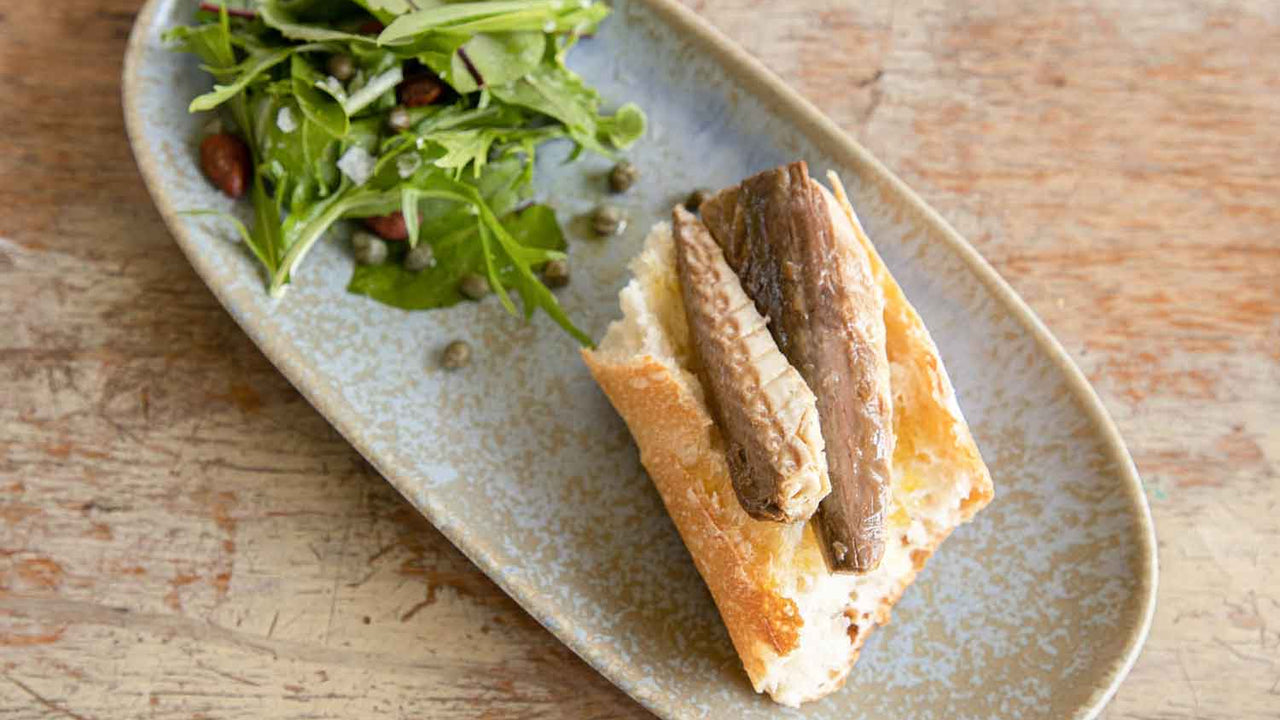
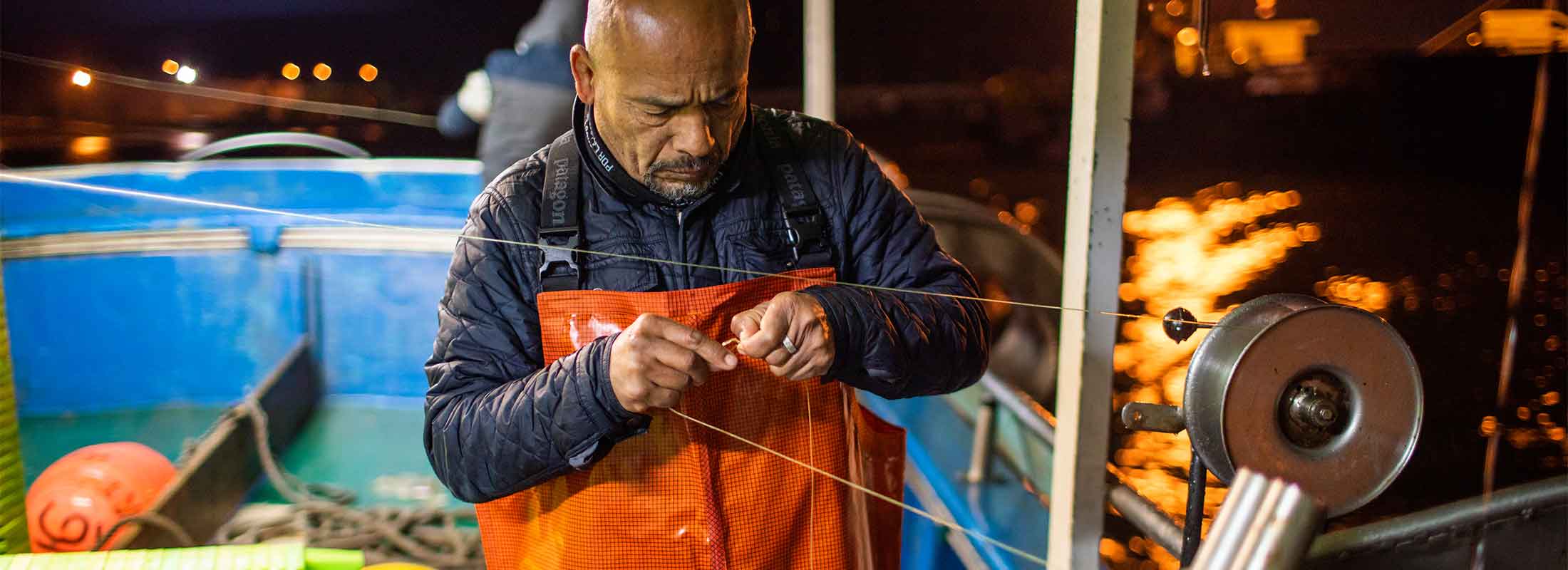 Photo by Amy Kumler
Photo by Amy KumlerAtlantic Mackerel Sourcing: A Delicacy from Spain
Before dawn during mackerel season in spring, when the weather is often moody and unpredictable, small boats set off in search of mackerel. When they encounter the dense, swirling schools of fish, they cast out their lines, each set with up to 30 hooks wrapped in red wool to look like the tiny crustaceans that entice mackerel to bite. This method requires no baitfish, results in little to no bycatch, and produces better-quality fish, since mackerel are never crushed at the bottom of a net. The mackerel are taken to Conservas Antonio Pérez Lafuente, a regional cannery, where workers individually season hand pack beautiful cans of delicious seafood in extra-virgin olive oil.
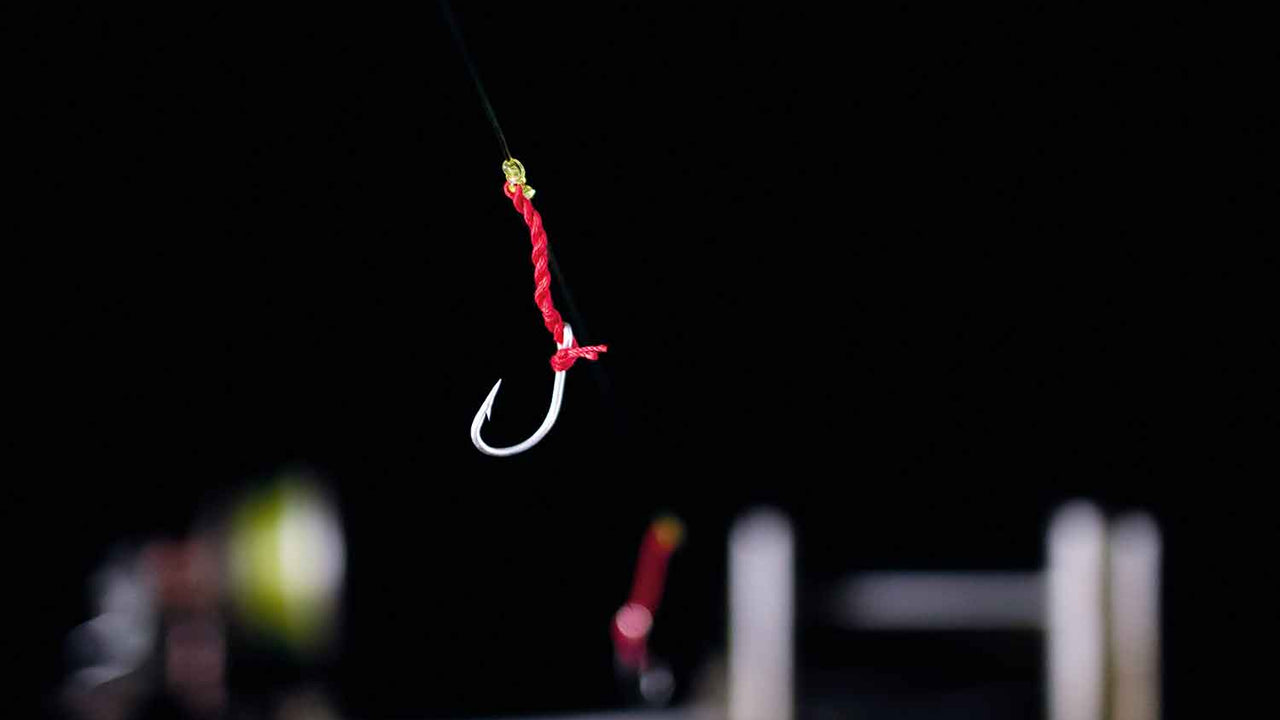
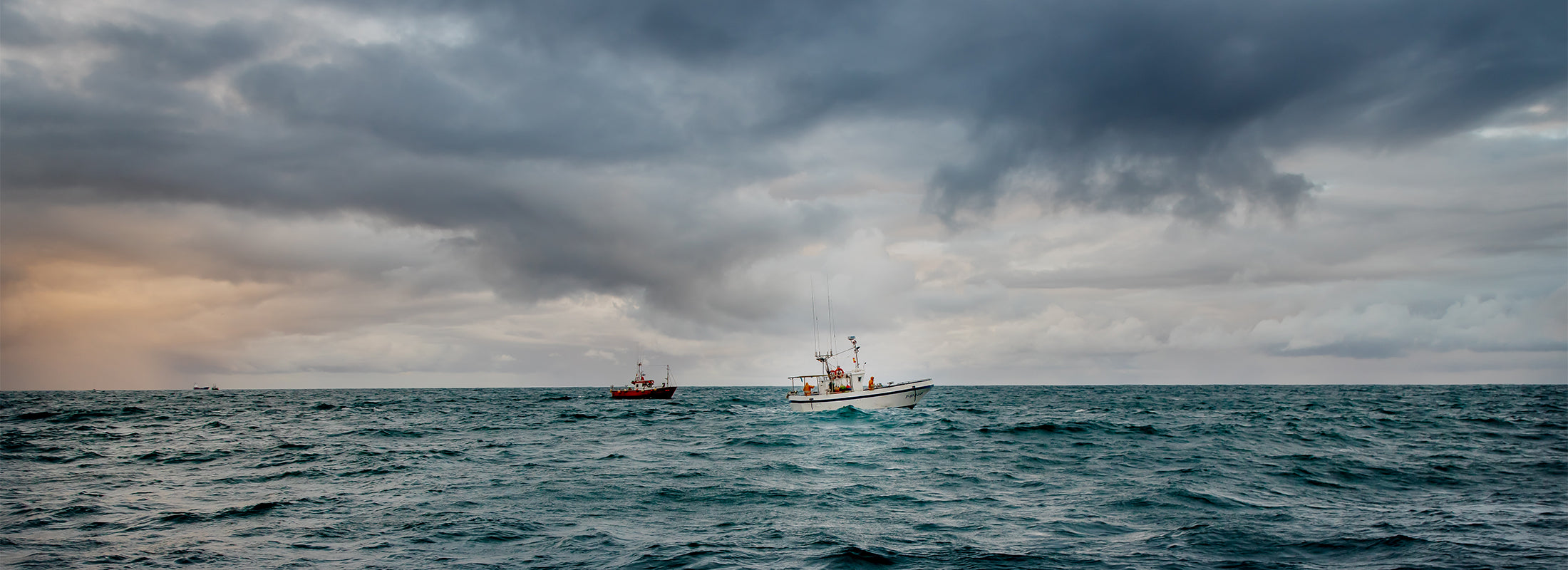
Enviro: Small Fish, Big Impact
Eating Atlantic mackerel takes pressure off larger, overfished species like tuna. This allows the less abundant fish stocks to recover.
“Forage fish—such as mackerel, sardines and anchovies—are low in the food chain,” says Tatiana Lodder, Seafood Assessor for Good Fish Foundation, an organization dedicated to fish conservation. “There’s a lot of biomass and they’re much more resilient than the larger, higher trophic species.” The Good Fish Foundation carefully assesses our mackerel stock to ensure there’s plenty left—for us and for other species that depend on them for food.
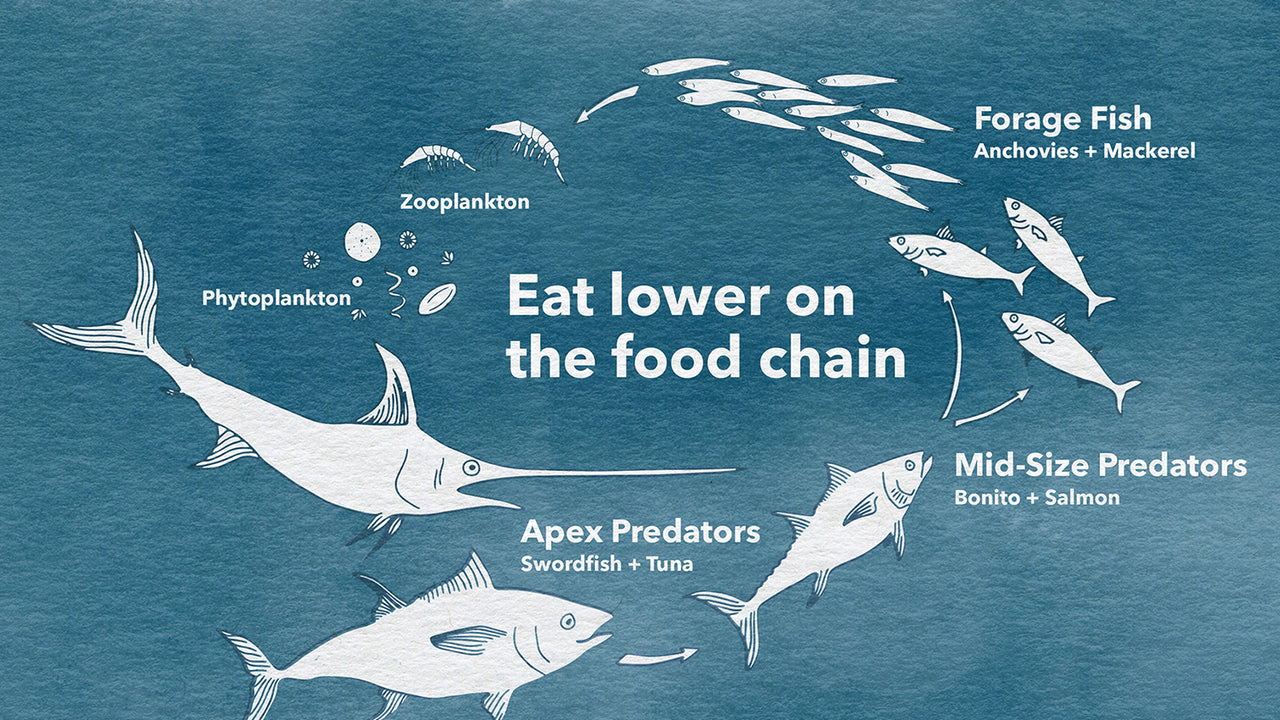
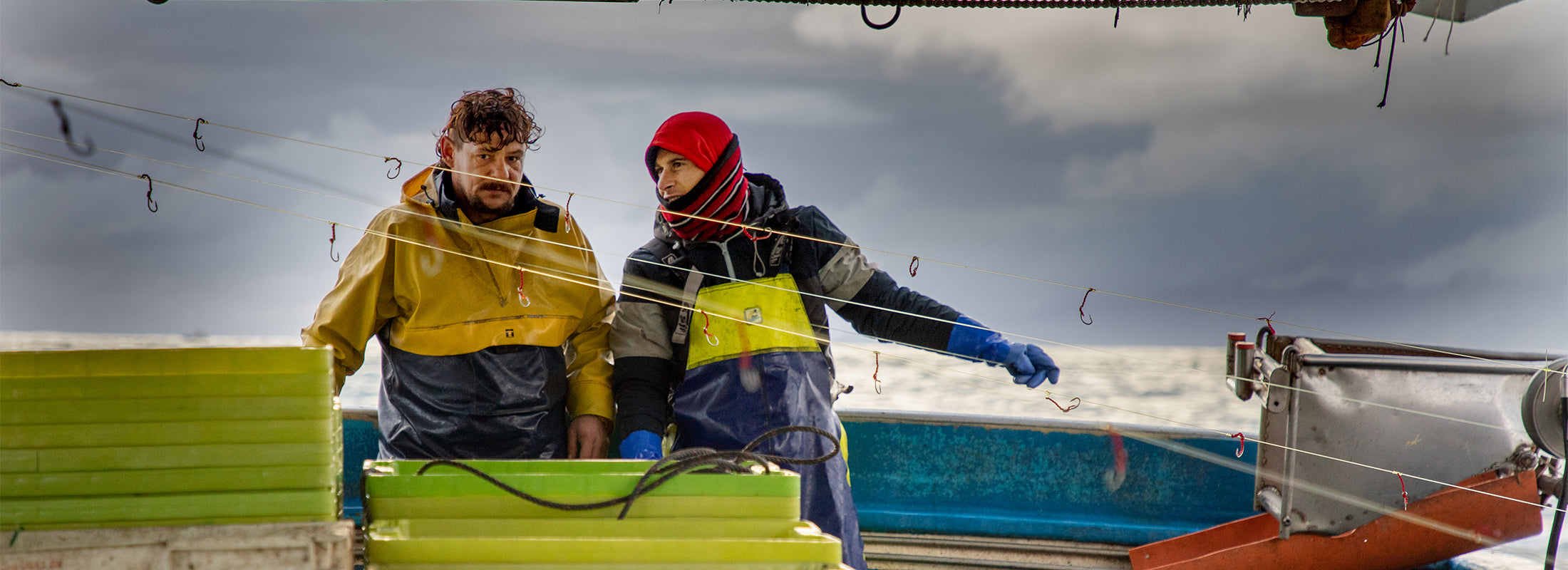 Photo by Amy Kumler
Photo by Amy KumlerHistory: The Fishing Guilds of Cantabria
In the ancient villages along the Bay of Biscay, in northern Spain, fishermen and processors work together to ensure a healthy future for fish and community alike.
All along the densely forested, mountainous coastline of Cantabria, small boats head out to sea, owned by families who have fished these waters for centuries. In this autonomous region of Spain, the fishermen who harvest our anchovies and Atlantic mackerel belong to traditional cofradías, or guilds, which date back to medieval times. The guilds share profits and best practices, and ensure worker safety. They’re also social institutions, with their own bars and festivals. This tradition of cooperation, with membership handed down through generations, creates a deep sense of responsibility to protect ocean resources, and the communities that depend on them, for the future.
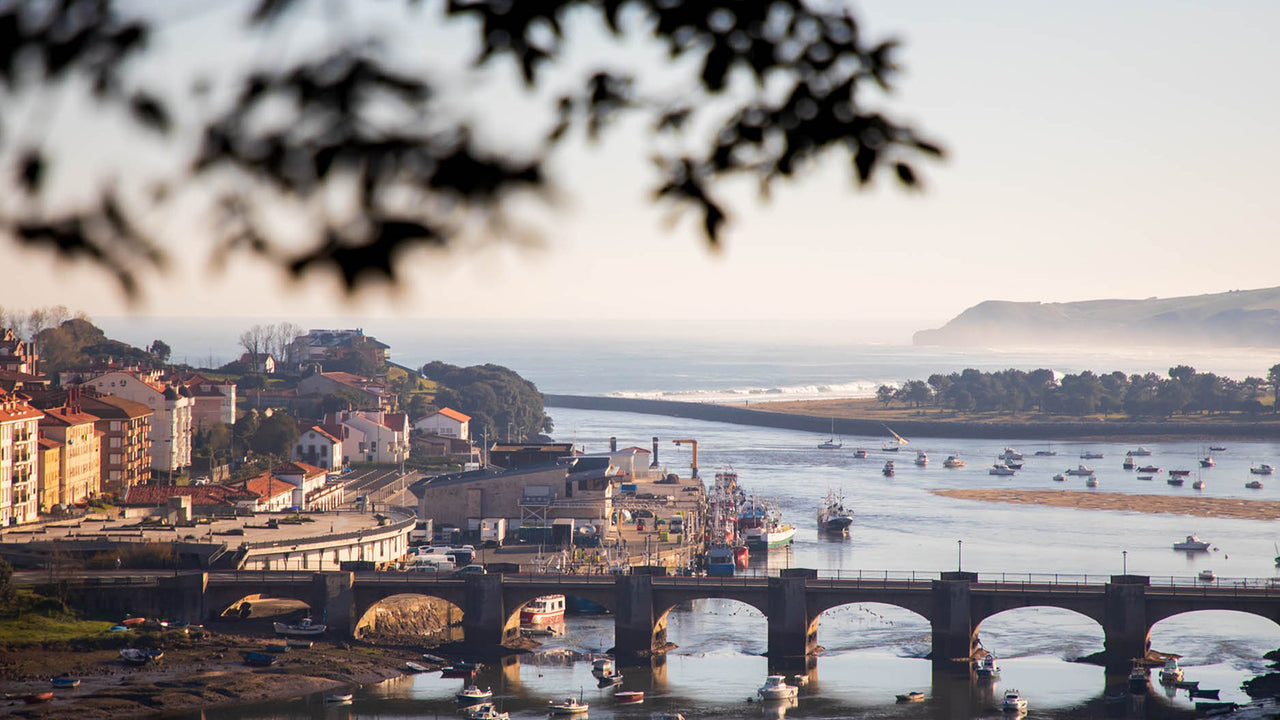
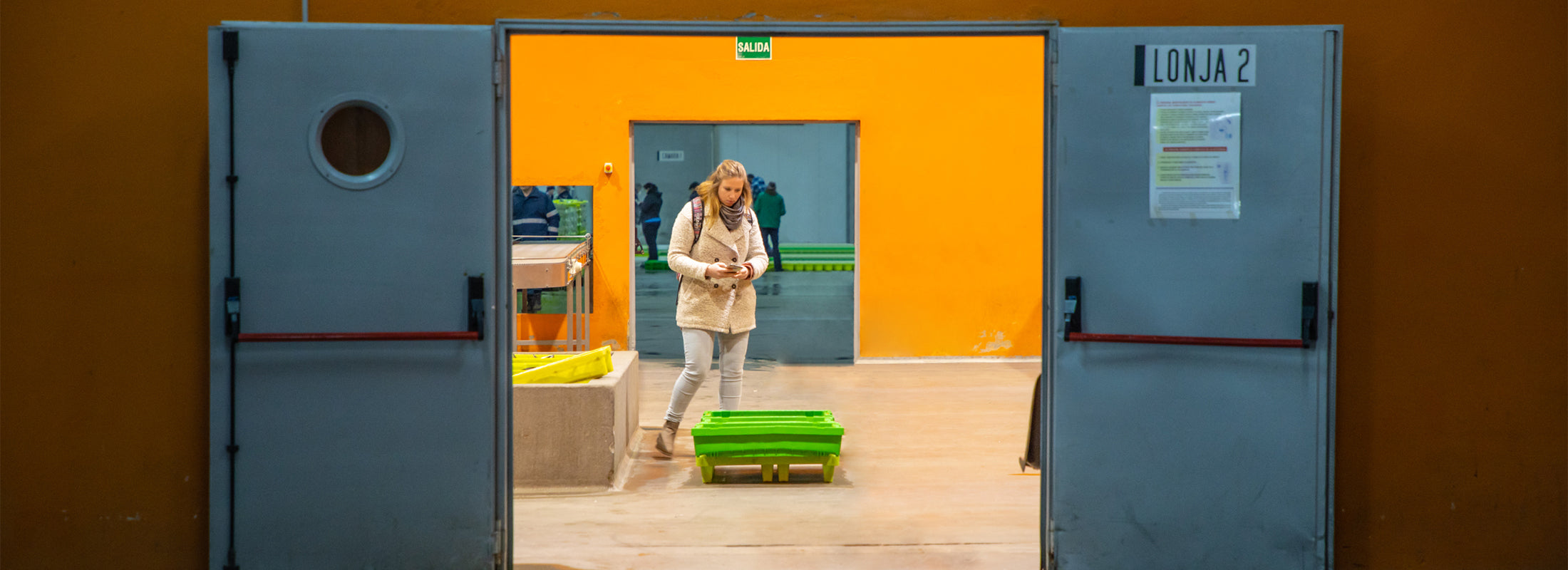
Partners: Guided by Science
We work with Good Fish Foundation, of Veenendaal, the Netherlands, to ensure that Bay of Biscay mackerel, as harvested by the Cantabrian fleet, remain a truly renewable resource.
As one of the few food companies that works in direct partnership with fish conservation and science organizations, our goal is to find solutions that protect, rather than deplete, our home planet. Good Fish evaluates the sustainability of fisheries in Europe and works with fishermen, fish farmers, processors and retailers to help seafood buyers make environmentally sound decisions about what to eat. The group also publishes a sustainable seafood guide for consumers and advises chefs.
